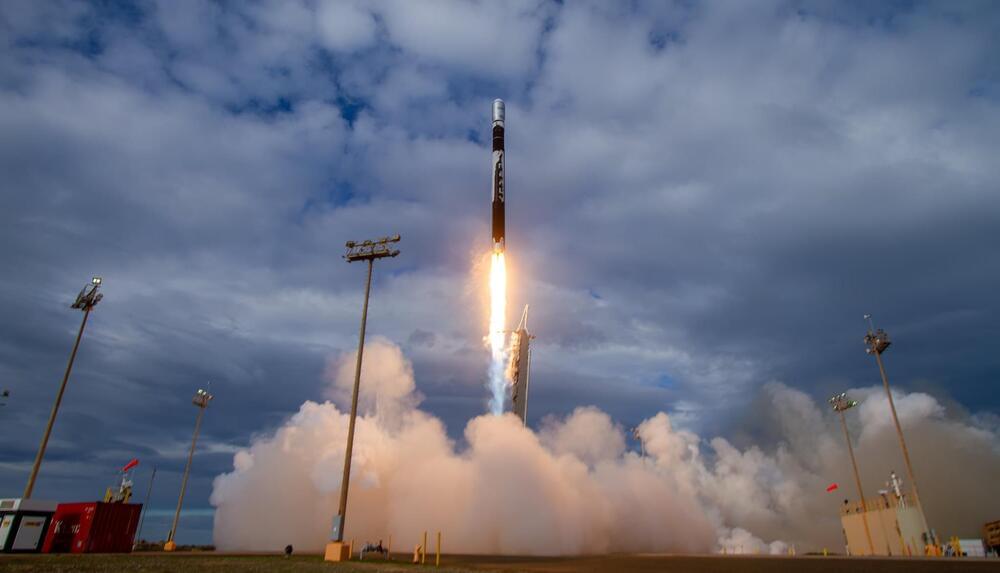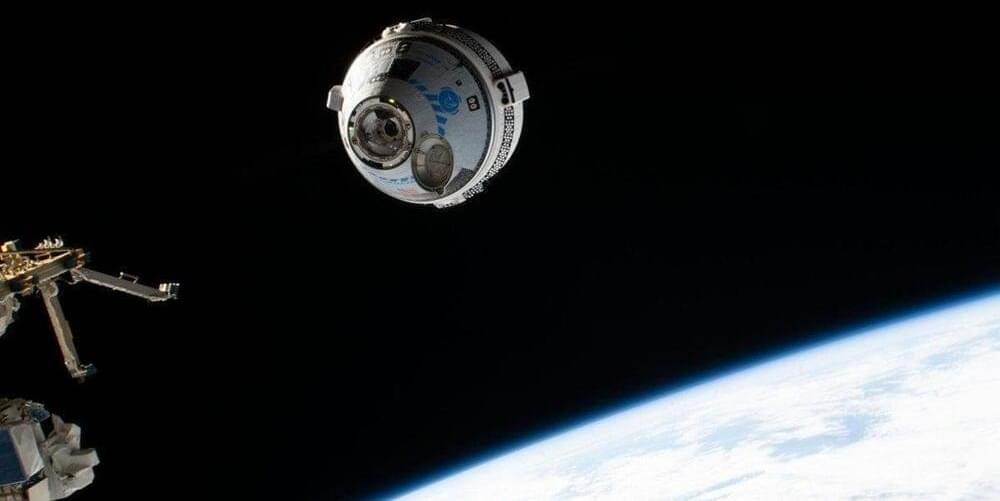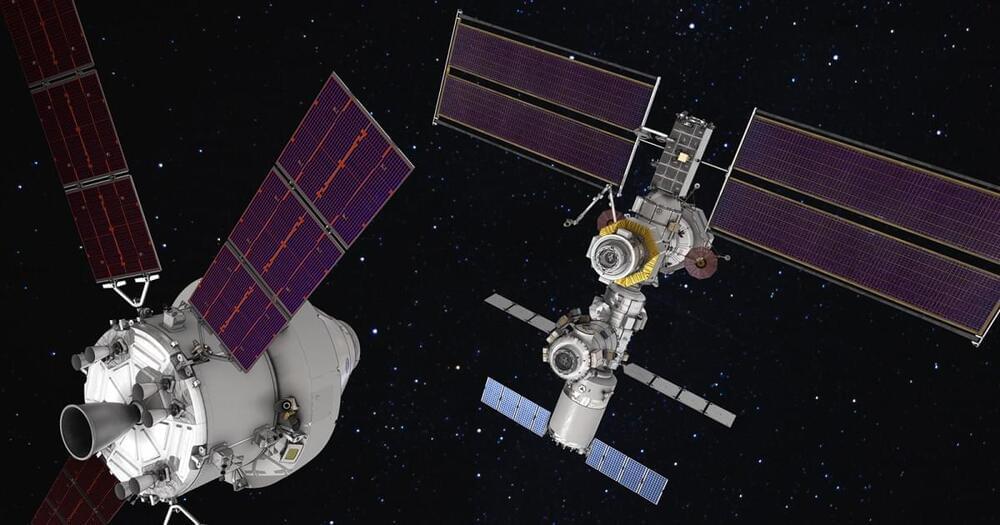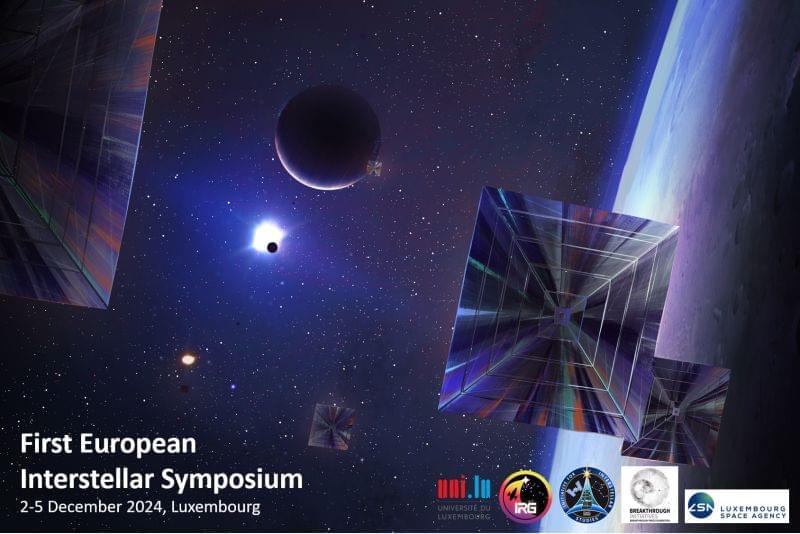[TIME SUBJECT TO CHANGE] This is the fourth fully integrated full stack test flight of Starship and the mighty Super Heavy booster, the largest and most powerful rocket to ever fly. It produces over twice as much thrust as the Saturn V that took humans to the moon.
The goal of the test is to get further along than IFT-3 in March, 2024. If all goes well, Starship will re-enter in the Indian Ocean about 65 minutes after it lifts off from Starbase, TX, on a suborbital trajectory.
Want more information? We’ve got a video talking about what’s new and upgraded from flight 3! — https://youtu.be/O5GY7_aVBtk.
Want to know where to watch this live? I made a video on how to visit Starbase and where to watch a launch from — https://youtu.be/aWvHrih-Juk.
Learn more about Everyday Astronaut Mission Control by Guinn Partners! — http://guinnpartners.com.
Want to support what I do? Consider becoming a Patreon supporter for access to exclusive livestreams, our discord channel! — http://patreon.com/everydayastronaut.






